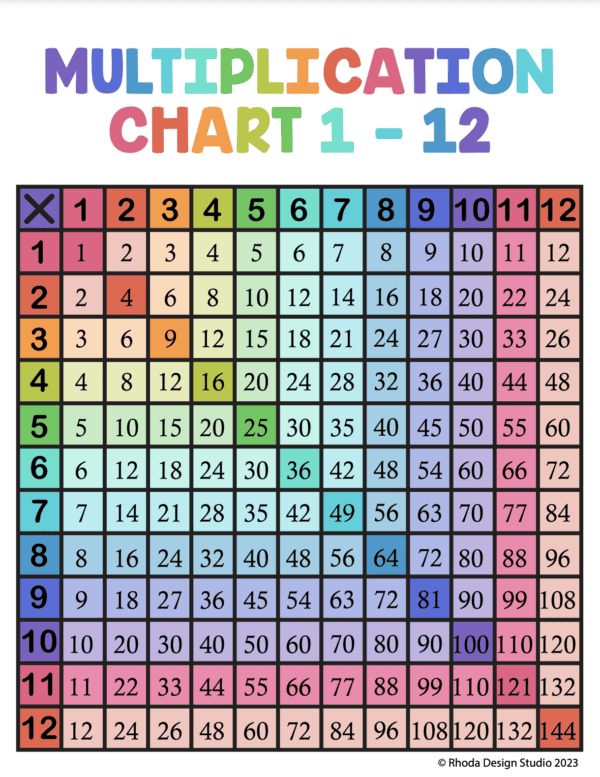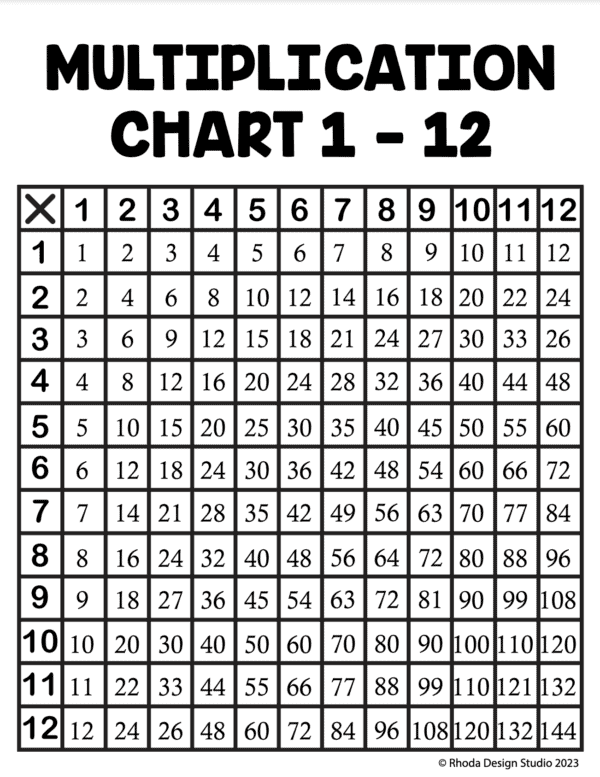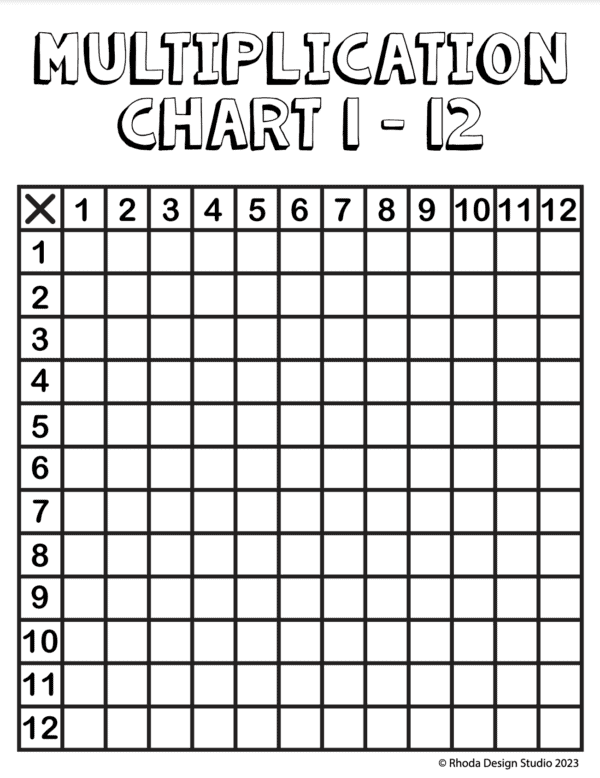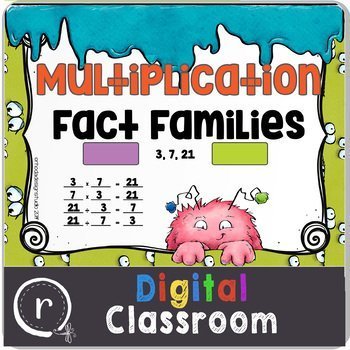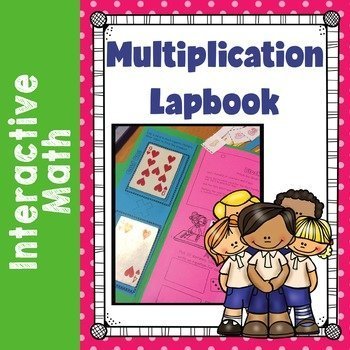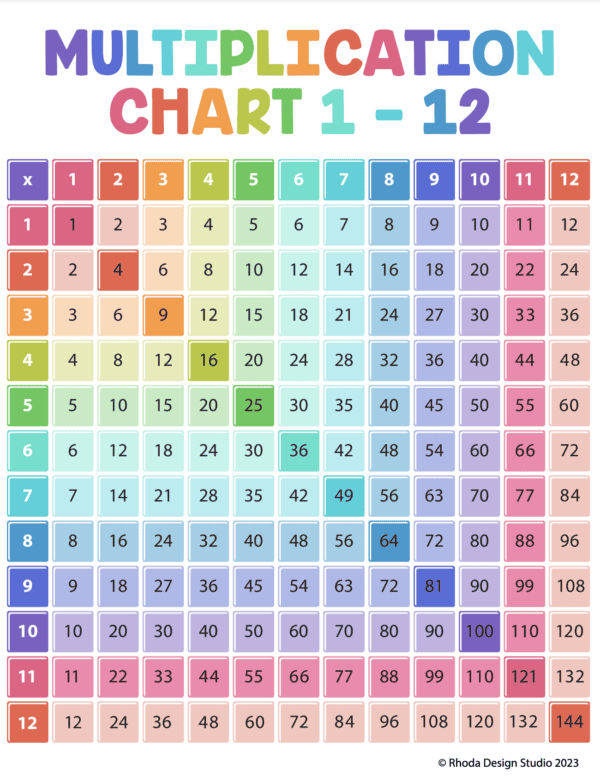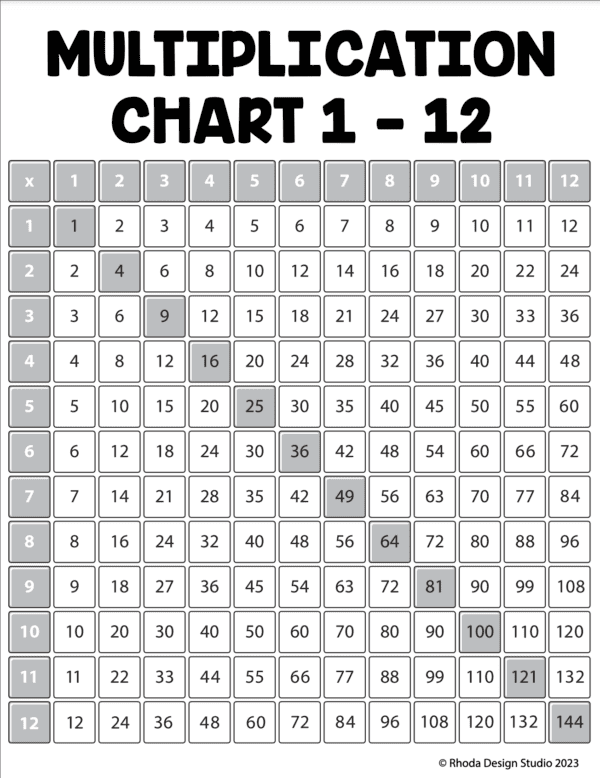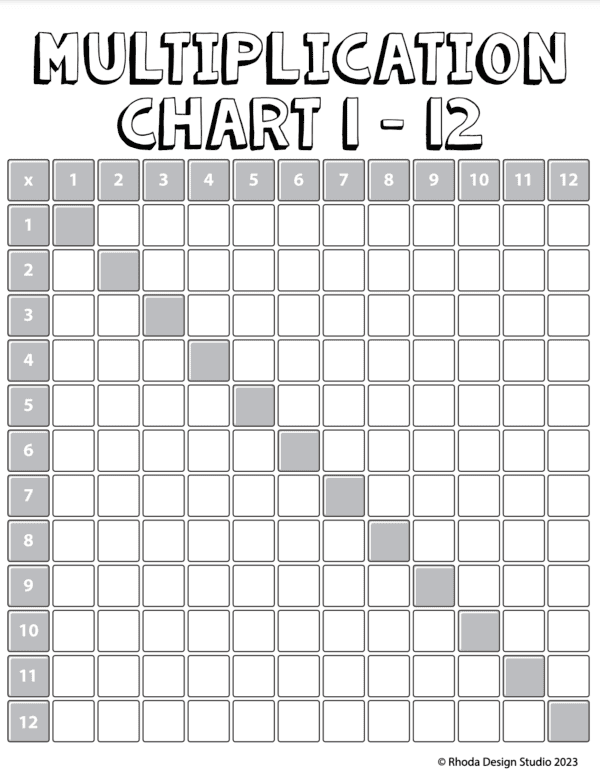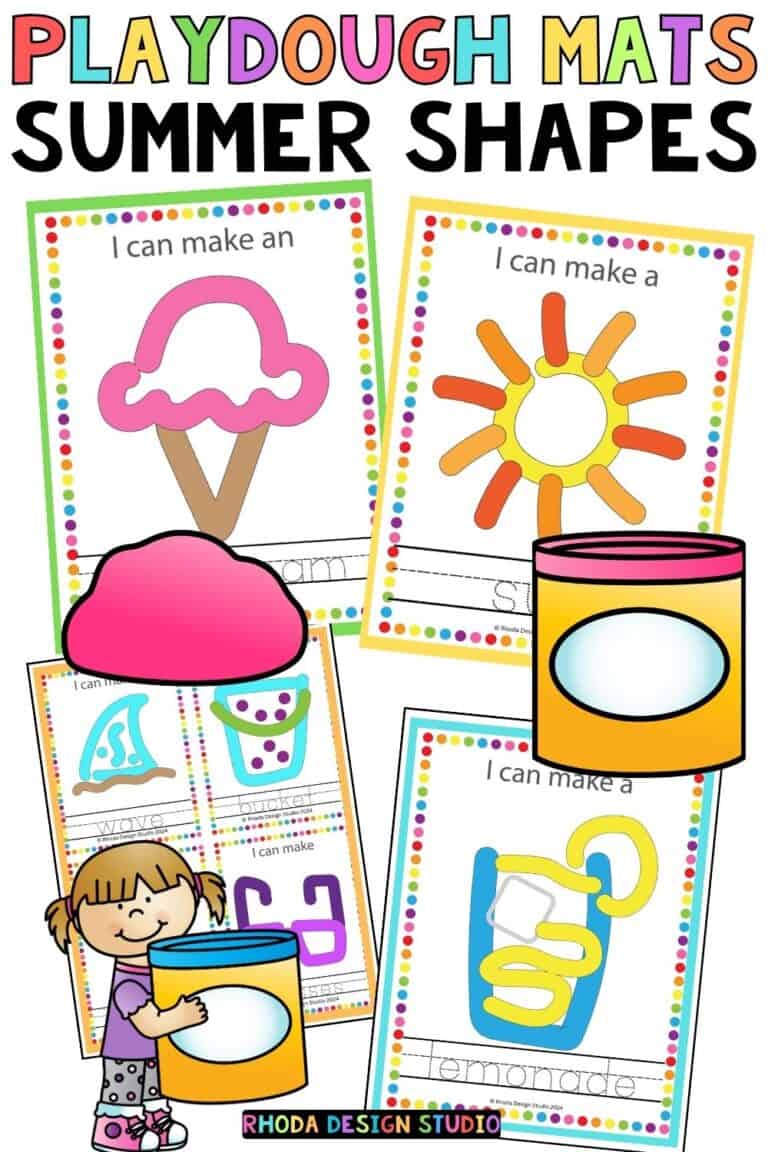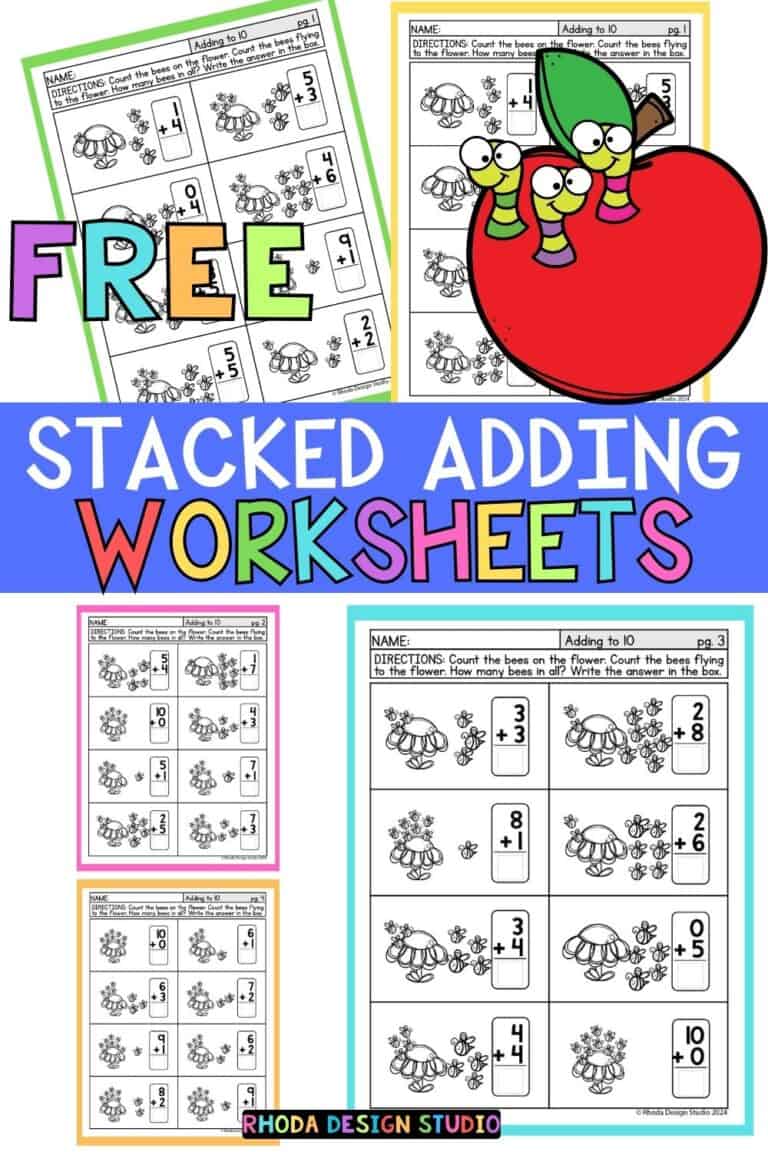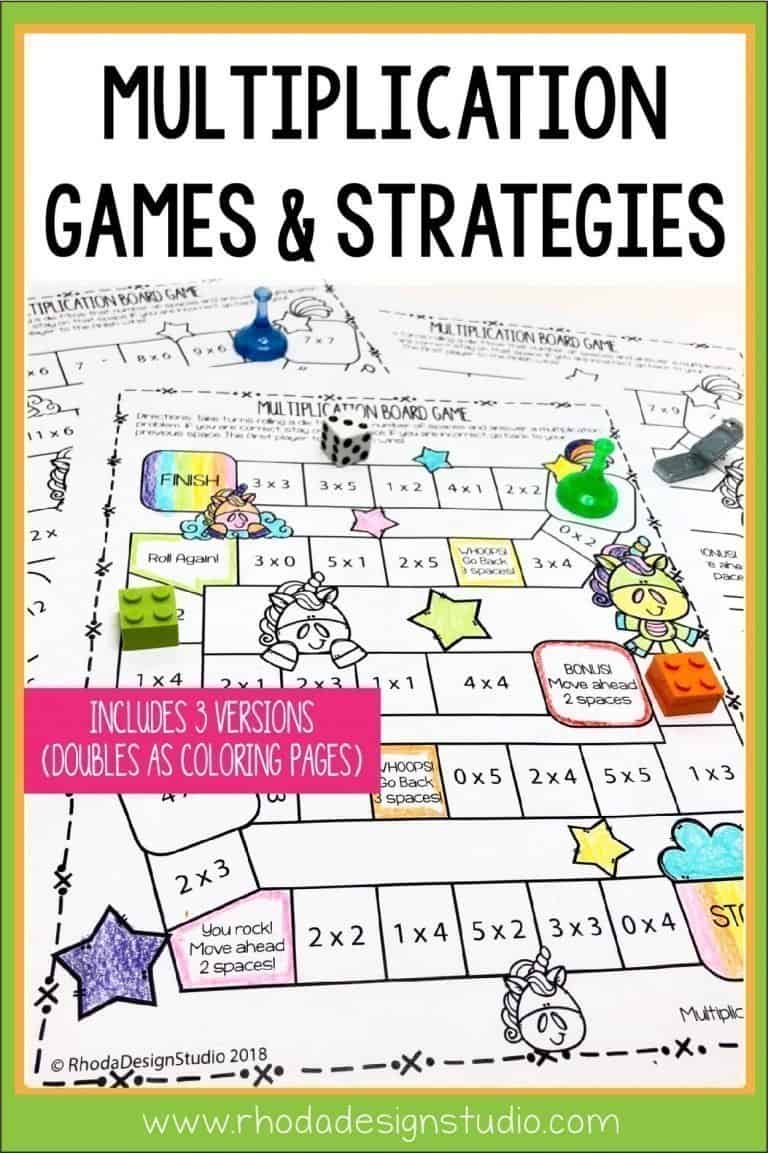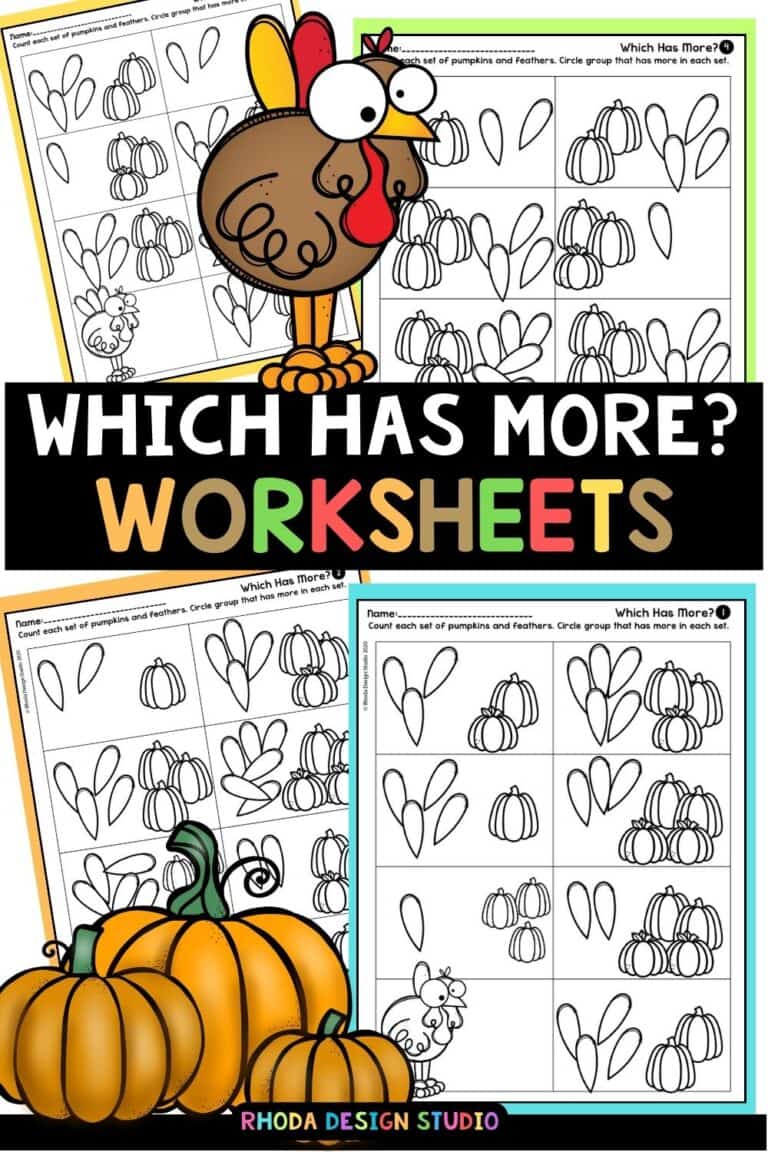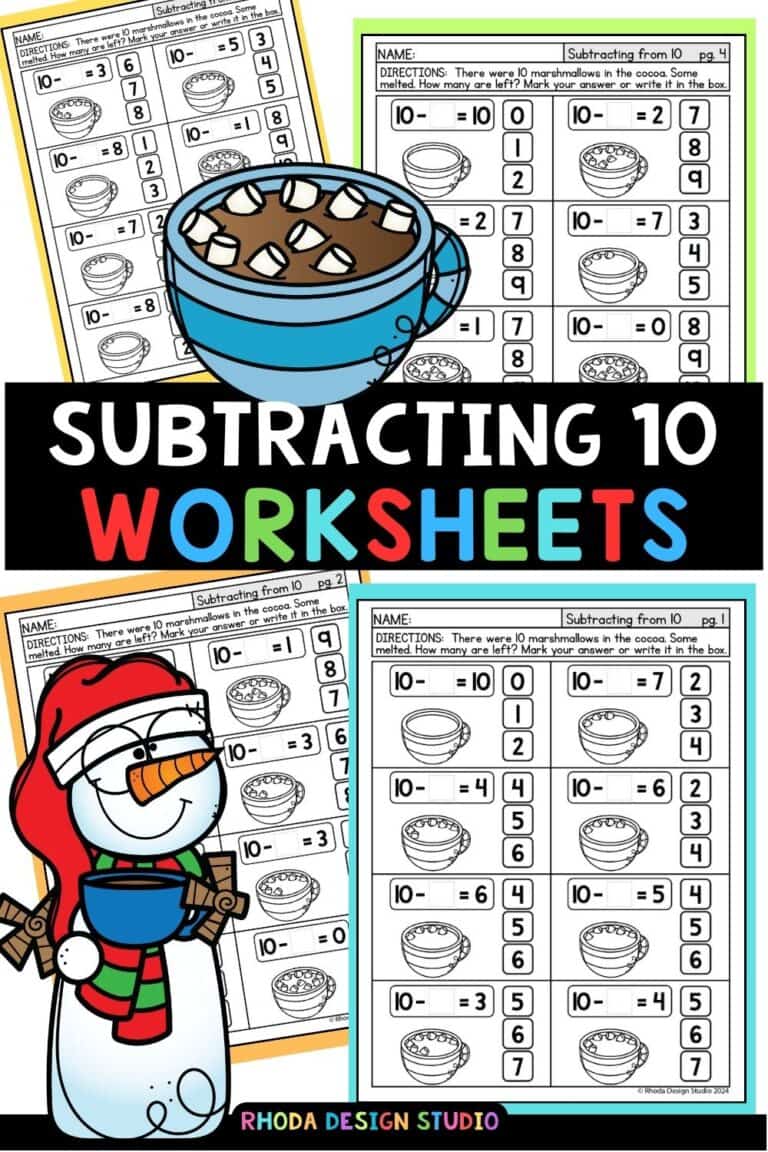Free Printable Multiplication Charts: Easy to Print and Use Times Tables
Welcome to the world of printable multiplication charts. If you’re looking to up your math game and become a multiplication master, you’ve come to the right place.
Learn how to use and understand multiplication charts to make learning and memorizing multiplication facts a breeze.
Multiplication charts are valuable tools that can aid students in developing a strong foundation in multiplication. They provide a visual representation of the entire multiplication table, allowing learners to easily identify patterns, relationships, and shortcuts.
Whether you’re a student trying to enhance your math skills or a parent looking for effective strategies to help your child succeed in multiplication, we will guide you through the ins and outs of mastering multiplication charts.
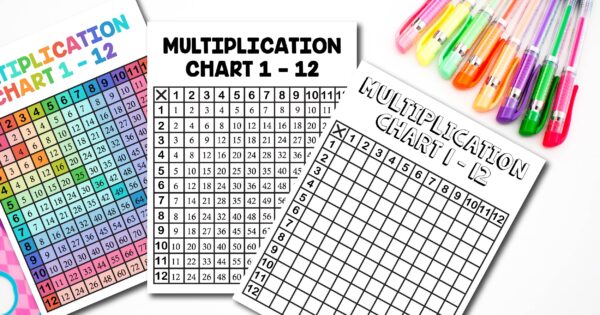
- Standard free printable multiplication chart in color
- Black and white standard free printable multiplication chart
- Fill in the Blank Coloring Page free printable multiplication chart
Understanding the Concept of Multiplication
It’s important to have a solid understanding of the concept of multiplication itself. At its core, multiplication is a mathematical operation that combines two or more numbers to find the total value. It is often represented using the “x” symbol or by writing the numbers side by side.
Multiplication can be thought of as repeated addition. For example, 3 x 4 can be understood as adding 3 four times, resulting in a total of 12.
Another way to think of multiplication is “groups of”, the x is saying take 3 “groups of 4”. Imagine piles of something or boxes full of something. There are 3 boxes and each box has 4 items. You have 12 items.
This concept forms the basis for multiplication and is crucial to grasp before delving into the world of multiplication charts. Understanding the concept will allow you to make sense of the patterns and relationships that multiplication charts can reveal.
How to use multiplication charts effectively
Now that we’ve covered the basics, let’s dive into the practical strategies for using multiplication charts effectively. Here are some tips to help you make the most of these powerful tools:
1. Start with the basics: Begin by familiarizing yourself with the multiplication chart and its layout. Take note of the rows and columns, and how the numbers are organized. This will help you navigate the chart more efficiently.
2. Identify trends and patterns: Look for recurring patterns and trends in the multiplication chart. For example, notice how the numbers in each row or column increase or decrease. Identify any shortcuts or tricks that can help you quickly find the product of two numbers.
3. Recognize skip-counting patterns: Skip-counting is a useful technique that can help you quickly multiply numbers. By identifying skip-counting patterns in the multiplication chart, you can save time and effort in calculations. For example, notice how each number in the 2’s column is double the number in the 1’s column.
4. Practice mental calculations: Challenge yourself to mentally calculate the products of various numbers using the multiplication chart. Start with simple problems and gradually work your way up to more complex ones. This will improve your mental math skills and enhance your ability to quickly recall multiplication facts.
5. Combine visual and auditory learning: Utilize both visual and auditory learning strategies when using multiplication charts. Say the multiplication facts out loud as you trace them on the chart. This multisensory approach can reinforce learning and improve retention.
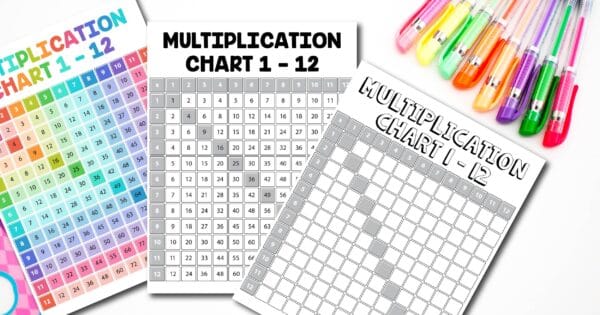
- Free printable multiplication chart in color
- Black and white standard free printable multiplication chart
- Fill in the Blank Coloring Page free printable multiplication chart
Tips for mastering printable multiplication charts
Now that you have a good grasp of how to use multiplication charts effectively, let’s explore some additional tips for mastering multiplication:
1. Practice regularly: Consistent practice is key to mastering multiplication. Set aside dedicated time each day to work with multiplication charts. The more you practice, the more familiar you will become with the multiplication facts.
2. Break it down: Rather than trying to memorize the entire multiplication table at once, break it down into smaller sections. Focus on mastering one section at a time before moving on to the next. This will make the task more manageable and less overwhelming.
3. Create mnemonic devices: Mnemonic devices are memory aids that can help you remember information. Create your own mnemonic devices to associate with specific multiplication facts. For example, you can create a rhyme or a story that relates to the fact 7 x 8 = 56.
4. Engage in real-world applications: Look for opportunities to apply multiplication in real-life situations. For example, when baking, use multiplication to adjust a recipe for a larger or smaller batch. This will help you see the practical relevance of multiplication and reinforce your understanding.
5. Teach others: Teaching someone else is a powerful way to solidify your knowledge. Share your understanding of multiplication with a friend or family member. Explaining concepts to others can deepen your understanding and help you identify any gaps in your own knowledge.
How do you multiply multiplication charts?
To multiply using multiplication charts, locate the two numbers you want to multiply along the top row and left column of the chart.
Find their intersection point, and the number at that intersection is the product of the two numbers.
Repeat this process for different pairs of numbers to complete the multiplication chart. This method streamlines the multiplication process, making it efficient and straightforward.
How do you do multiplication charts?
Creating multiplication charts involves organizing numbers in a grid-like format to facilitate quick multiplication.
Begin by listing the numbers you want to multiply along the top row and left column of the chart.
Then, fill in the cells of the chart by multiplying the corresponding numbers at the intersection points.
This visual aid helps grasp multiplication patterns, making arithmetic tasks more manageable and enhancing your understanding of multiplication relationships.
How do you read multiplication charts?
Reading multiplication charts is like using a special map for numbers. Imagine you have a big square with numbers along the top and the side. Let’s say you want to multiply 4 and 3. You find the row with 4 at the top and the column with 3 on the side.
Right where they meet, you’ll see the answer, which is 12.
Multiplication charts help you quickly find the answers when you’re multiplying different numbers. It’s like a secret code to make math easier.
How do you teach multiplication charts?
Use colorful charts and interactive activities to make it engaging. Practice with simple numbers first, then gradually introduce larger ones.
Encourage students to explore patterns and discover how multiplication works. This hands-on method helps them understand and enjoy using multiplication charts to solve math problems.
Guided lessons where you create a game out of coloring in the number you are thinking of that is a product of “a” x “b” will help familiarize students with the times table and help them to see patterns.
How do multiplication charts work?
Multiplication charts work like organized tables to help with quick multiplication. To multiply, you find one number along the top row and another number along the side column. Where these two numbers meet in the chart, you’ll see the answer, which is the product of the multiplication.
Check out these lessons for using multiplication: Multiplication Practice
Benefits of using multiplication charts
Multiplication charts are valuable tools that can aid students in developing a strong foundation in multiplication. They provide a visual representation of the entire multiplication table, allowing learners to easily identify patterns, relationships, and shortcuts.
One of the key benefits of using multiplication charts is the ability to quickly and accurately recall multiplication facts.
By repeatedly referring to the chart, students can reinforce their knowledge and improve their speed in mental calculations. This not only boosts confidence but also lays a solid foundation for more complex mathematical concepts in the future.
Multiplication charts also promote a deeper understanding of multiplication. By visually seeing the relationships between numbers, students can identify patterns and make connections.
This helps them develop a conceptual understanding of multiplication, rather than relying solely on rote memorization.
Different types of multiplication charts
Multiplication charts come in various formats, each with its own advantages and applications.
The most common type of multiplication chart is the traditional 10×10 grid, which displays all the multiplication facts from 1 to 10. This chart is a great starting point for beginners and provides a comprehensive overview of the multiplication table.
Another type of multiplication chart is the 12 x 12 grid, this table helps students learn the basic facts through 12.
There are also interactive multiplication charts available online, which allow students to explore and interact with the multiplication table in a digital format. These charts often provide additional features such as highlighting specific numbers or allowing users to input their own multiplication problems.
Common mistakes to avoid when using multiplication charts
While multiplication charts are incredibly useful tools, there are some common mistakes that students often make when using them. Here are a few pitfalls to be aware of:
1. Over-reliance on the chart: While multiplication charts are great for reference, it’s important not to become overly dependent on them. Make an effort to gradually reduce the amount of time you spend referring to the chart and practice mental calculations instead.
2. Skipping steps: When using a multiplication chart, it’s important to follow the correct steps to find the product of two numbers. Skipping steps or rushing through the process can lead to errors. Take your time and ensure you are correctly tracing the numbers on the chart.
3. Not understanding the concept: Remember that multiplication charts are tools to aid understanding, not a substitute for it. It’s crucial to grasp the concept of multiplication and the underlying principles before using the chart. Without a solid foundation, the chart may be confusing or misleading.
4. Lack of practice: Using multiplication charts effectively requires regular practice. Simply looking at the chart once or twice will not lead to mastery. Make time for consistent practice and actively engage with the multiplication chart to reap the benefits.
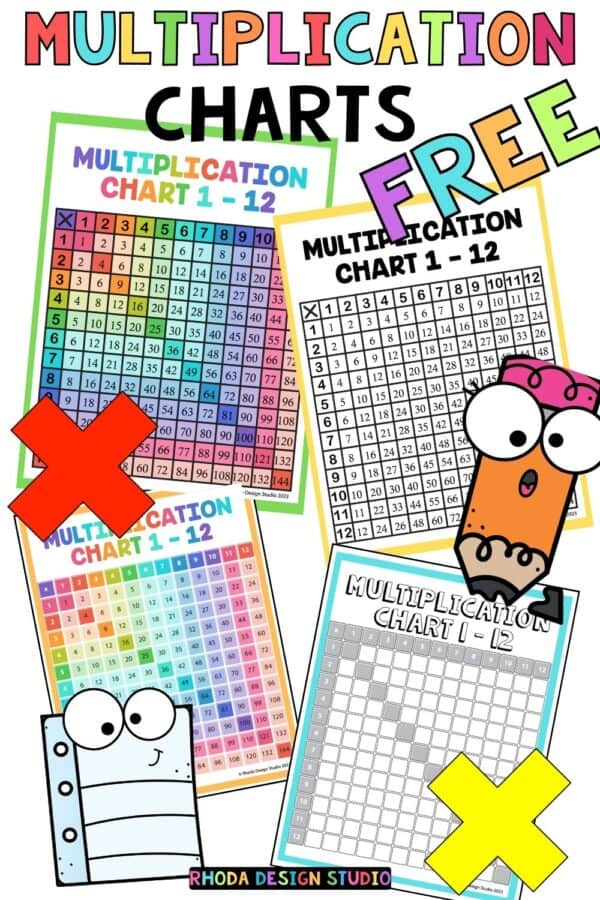
Fun activities and games to practice multiplication with charts
Learning multiplication doesn’t have to be boring! There are plenty of fun activities and games you can incorporate into your practice routine to make multiplication more enjoyable. Here are a few ideas:
1. Multiplication bingo: Create bingo cards with various multiplication facts and call out the products. Players mark the corresponding numbers on their cards. The first player to get a line or a full card shouts “Bingo!”
2. Multiplication war: Divide a deck of cards evenly between two players. Each player flips over two cards and multiplies the numbers. The player with the highest product wins the round. Play several rounds and keep score to determine the ultimate winner.
3. Multiplication scavenger hunt: Hide multiplication fact cards around the house or classroom. Give students a multiplication chart and have them search for the corresponding products. The first student to find all the cards wins the scavenger hunt.
4. Multiplication race: Set up a relay race where each player has to solve a multiplication problem before passing the baton to the next player. The team that completes the race in the shortest time wins.
These activities not only make multiplication more engaging but also provide opportunities for collaborative learning and friendly competition.

